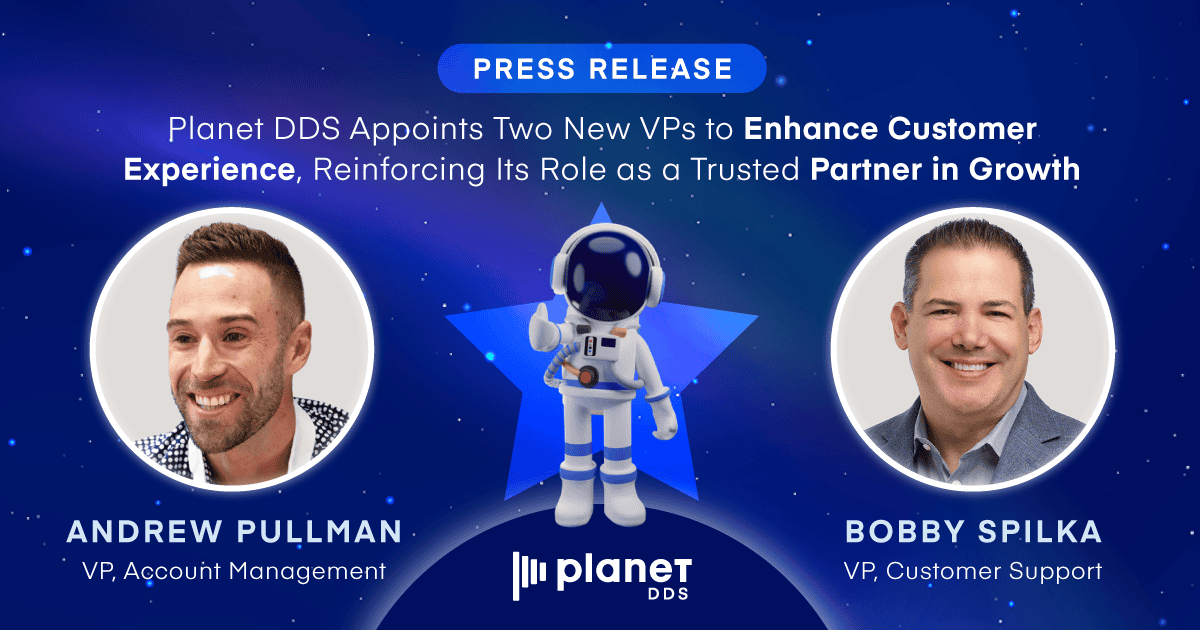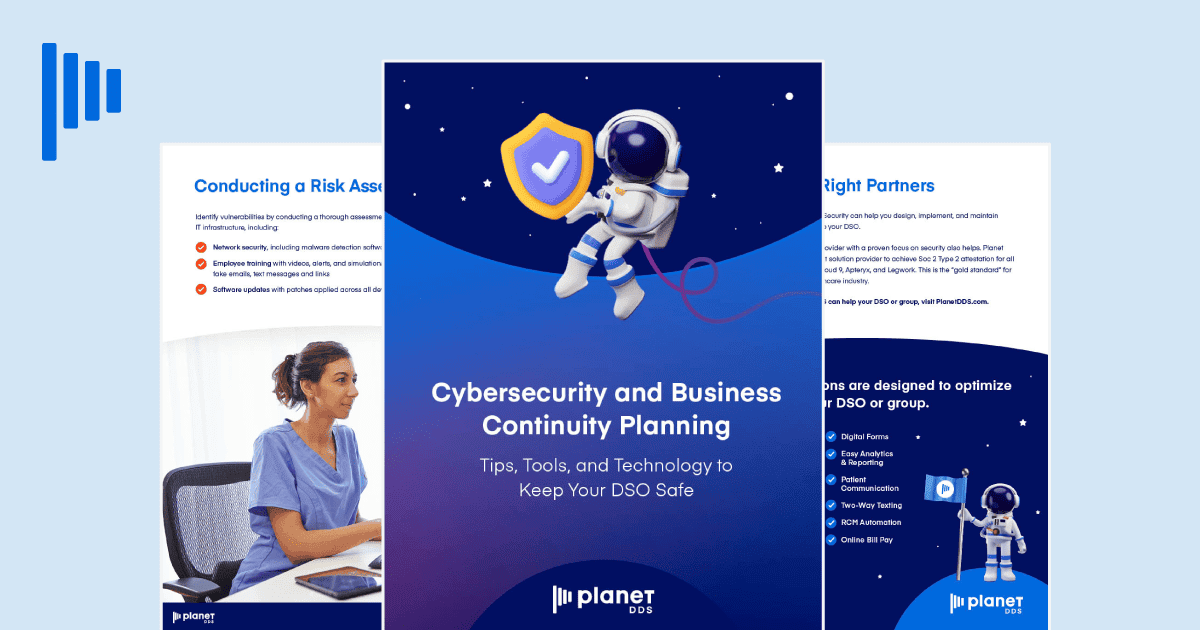What Tool Provides Feedback On The Customer’s Patient Experience?

By Dr. Greg Grillo
The average dental practice sees about 100 patients each week, and larger clinics serve more. We impact many lives, and patients enjoy the confidence of their smiles and the satisfaction of easily chewing again. When we think of our patients’ stories, our daily work takes on more meaning. But sometimes, we’re so busy running a practice that we miss weak spots in our delivery of care. Shortcomings are unintentional, but we can’t improve patient satisfaction if we don’t know they exist. Recently, a patient called to discuss a concern based something our office communicated on her statement. It made perfect sense from her perspective, and I thanked her for helping us move our service to the next level. In return, she thanked me for listening, and we quickly turned a potentially negative situation into a positive patient experience that would help refine our future communications. Unfortunately, few patients use constructive avenues to help us improve our patient centered care.
The Impact Of Negative Patient Experiences
The patient journey involves many touchpoints and opportunities to shine or drop the ball. And the stakes continue to rise. Surveys have found that younger people express more dissatisfaction with traditional healthcare than older patients. As consumers continue to value convenience, the demands on our practices won’t diminish. Only 10% of patients leave “somewhat negative” reviews for healthcare providers, but those few can influence other prospective patients.
Measuring the ripple effect may be difficult, but research suggests that one negative review can drive away 22% of prospects. Whether it’s 2% or 22%, it’s too many. So, we treat hundreds of patients every month, and we try to provide the best experience. But we don’t see and hear everything, and disgruntled patients may simply leave without saying anything. Ten more could slip out the back and never come back for each one who speaks up. And they tell their friends and take their family members somewhere else.
Discover The Net Promoter Score To Improve Patient Experience
In 2003, Bain & Company introduced the Net Promoter Score (NPS), a simple way for businesses to measure and analyze customer loyalty. Today, savvy brands in every industry monitor their NPS. We dental practices should, too. A Net Promoter Score takes the pulse of practice health by asking one simple question: Would your current patients refer a friend? With an NPS calculation, you don’t need complex, lengthy surveys to gauge your practice health. Based on their answer, patients are organized into one of three categories: Promoters, Neutrals, and Detractors.
- Promoters are patients who respond with a score of 9 or 10. They had an ideal experience at their visit, and are likely to refer their family and friends. These high quality patients may become raving fans if we recognize their support.
- Neutrals are patients who respond with a score of 7 or 8. They didn’t have a negative experience, but they didn’t leave feeling amazed. These patients aren’t likely to refer others, and we could lose them to another office. Their insight helps us fine-tune the experience we provide.
- Detractors are patients who respond with a score of 6 or below. These patients feel dissatisfied, and they’re not likely to return. Worse, they may tell others their story and leave a negative review. A simple NPS score identifies where to reach out and learn how to avoid similar problems in the future.
Legwork Net Promoter Score brings this insight into our practices every day. Customizable patient satisfaction surveys within Legwork NPS allow us to measure customer loyalty and gauge practice health. We find ways to improve, boost reviews, and encourage referrals based on customer feedback. And consider this: an NPS Promoter score has a customer lifetime value that’s 600%-1,400% higher than a Detractor.
Pave The Way With Comfort
One key to delivering an experience worth talking about is to offer patients first-class service. The average visit lasts 18 minutes in medical clinics and can leave people feeling like a number. It’s vital to understand the intricacies of different demographics. While Gen X tends to display brand loyalty, Millennials may be more likely to change healthcare providers if they’re unsatisfied with an experience. In dentistry, we generally spend more quality time with our patients and have an opportunity to deliver “wow.” How we handle patients’ anxiety and individual needs leaves them with an impression that they share.
My team loves anticipating the needs of our patients, and we even assigned a “Patient Experience Coordinator” in our organizational chart. But providing personalized care to over 120 patients every week takes focus, and missteps can undermine our reputation. Thanks to Legwork Comfort Surveys, we can look like the Ritz Carlton of dentistry. Patients receive a pre-appointment survey that asks them what amenities they would like at their appointment. Responses provide a cheat sheet to impress patients with service different from other healthcare interactions.
Improving Patient Experiences And Social Proof
Most of us don’t encounter proactive personalization efforts from any business, but have you ever been asked about your comfort before a medical appointment? Legwork Comfort Surveys enables us to bring concierge-level service to every new patient. And they’re more likely to refer family and friends or leave a review when they experience outstanding care teams. A refined patient experience influences our practice’s reputation and helps us increase patient satisfaction scores. With over 200,000 dentists in the country, patients enjoy options for their dental care. Experience-driven social proof supports us as nothing else does. And 84% of people trust online reviews as much as friends, and 91% of people read them. Integrated components that lead patients from one stop to the next help create a positive consumer assessment of healthcare from your practice. Start by delivering an exceptional experience with comfort surveys, online scheduling, and paperless forms available before appointments. Then, use Legwork NPS to gain feedback post-appointment to facilitate the patient journey from “good” to “great!”
[dr_grillo_bio]



